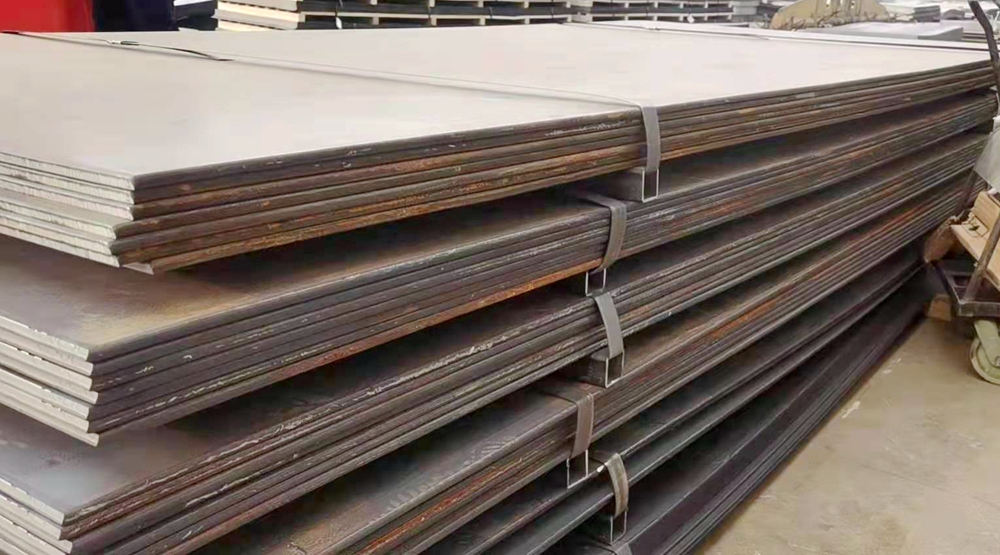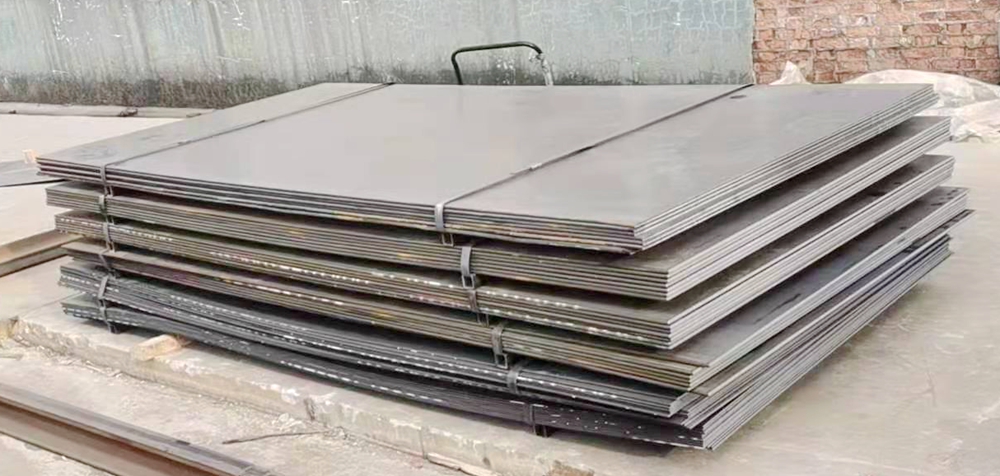The above sensors include a voltage regulator, two Hall-effect sensitive components, a temperature compensation circuit, a low-level amplifier, a bandpass filter, a Schmitt trigger, and an output driver that requires a pull-up resistor. The on-board regulator operates from 4V to 26.5V. The output stage converts 20mA over the entire frequency response range of the sensor and is compatible with bipolar and MOS logic.
These sensors offer different switching points to meet a variety of application needs. The A1421LK provides a zero crossing; the A1422LK includes precision settings and equalization switching points; the A1423LK has strong shock resistance and a wide set of switching points.
These three gear sensors with a single IC switch and two integrated Hall inverters sense changes in the magnetic field and differentially amplify through on-chip electronics. The monolithic IC switches included in the three devices are used to respond to changes in the differential magnetic field produced by moving ring magnets or irons with magnets behind. Differential sensing provides resistance to radial vibrations that occur in the working air gap of the device due to changes in common-mode signals.
Steady-state system compensation is eliminated with an on-chip differential bandpass filter that is immune to electromagnetic interference. These sensors utilize the advanced temperature compensation, sensitivity, and Schmitt trigger switching points of the high-pass filter to ensure optimal operation up to low frequencies over a wide range of air gaps and temperature ranges.
Wear-resistant Steel Plate is a special kind of plate, with good wear resistance and impact. But also through cutting, bending, welding and other ways to join with other structures. Extremely time-saving and convenient. Therefore, it is widely used in metallurgy, coal, cement, electricity and other industries.
What are the advantages of wear-resistant steel plate :
1, good impact resistance
Wear-resisting composite steel plate uses low carbon steel or low alloy, stainless steel and other toughness as the base material. The metal material not only has good wear resistance, but also can withstand impact and abrasion from high drop and fall during transportation.
2, better heat resistance
The alloy wear-resistant layer incorporates vanadium, molybdenum, and other alloy materials during the manufacturing process, so it can be used and worn at high temperatures of ≤800°C. Relative to ordinary carbon steel substrates can only be used below 380 °C, low alloy heat-resistant steel plates work below 540 °C. This shows how high the wear resistance of the heat-resistant steel plate.
3, good corrosion resistance
The wear-resistant steel plate contains a large amount of metallic chromium, so it has good rust and corrosion resistance. Particularly suitable for the use of falling coal drums and funnels. Not only solid and strong, but also to prevent sticking coal.
Mechanical Properties:
Hardness_430 to 470 BHN
Yield Strength_180 ksi
Tensile Strength_235 ksi
Elongation_12%


Abrasion Resistant Plates,Hardox Steel,Hardox Plate,Arco Wear Plate,Hard Steel Plate
HuiFeng Wear Resistant Group , https://www.hpwearsolution.com